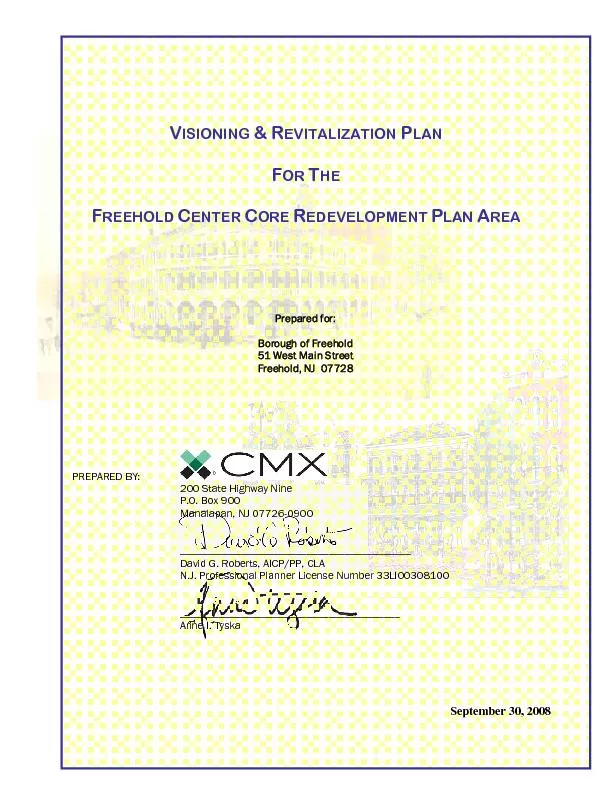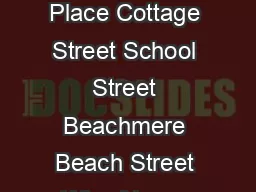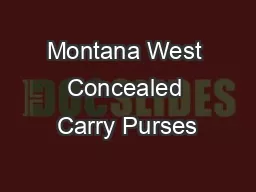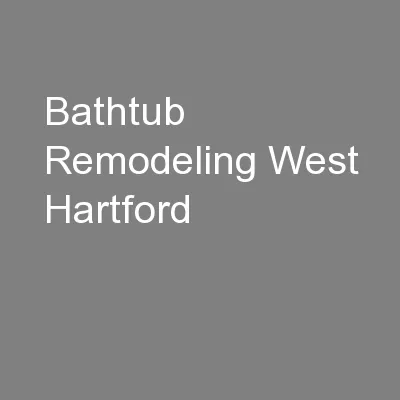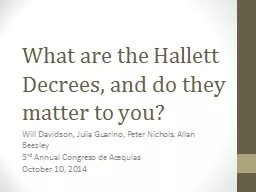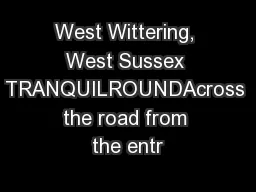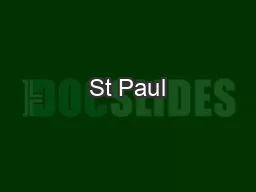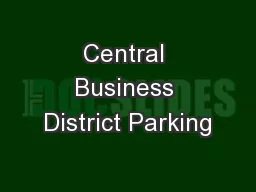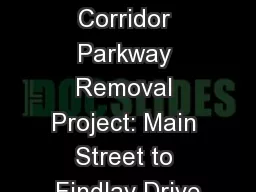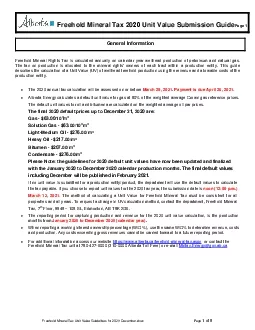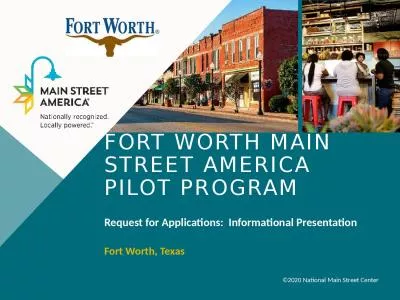PDF-ENTER Prepared for: 51 West Main Street Freehold, NJ 07728 PREPARED B
Author : alida-meadow | Published Date : 2016-06-07
200 State Highway Nine PO Box 900 Manalapan NJ 077260900 David G Roberts AICPPP CLA NJ Professional Planner License Number 33LI00308100
Presentation Embed Code
Download Presentation
Download Presentation The PPT/PDF document "ENTER Prepared for: 51 West Main Street ..." is the property of its rightful owner. Permission is granted to download and print the materials on this website for personal, non-commercial use only, and to display it on your personal computer provided you do not modify the materials and that you retain all copyright notices contained in the materials. By downloading content from our website, you accept the terms of this agreement.
ENTER Prepared for: 51 West Main Street Freehold, NJ 07728 PREPARED B: Transcript
Download Rules Of Document
"ENTER Prepared for: 51 West Main Street Freehold, NJ 07728 PREPARED B"The content belongs to its owner. You may download and print it for personal use, without modification, and keep all copyright notices. By downloading, you agree to these terms.
Related Documents

